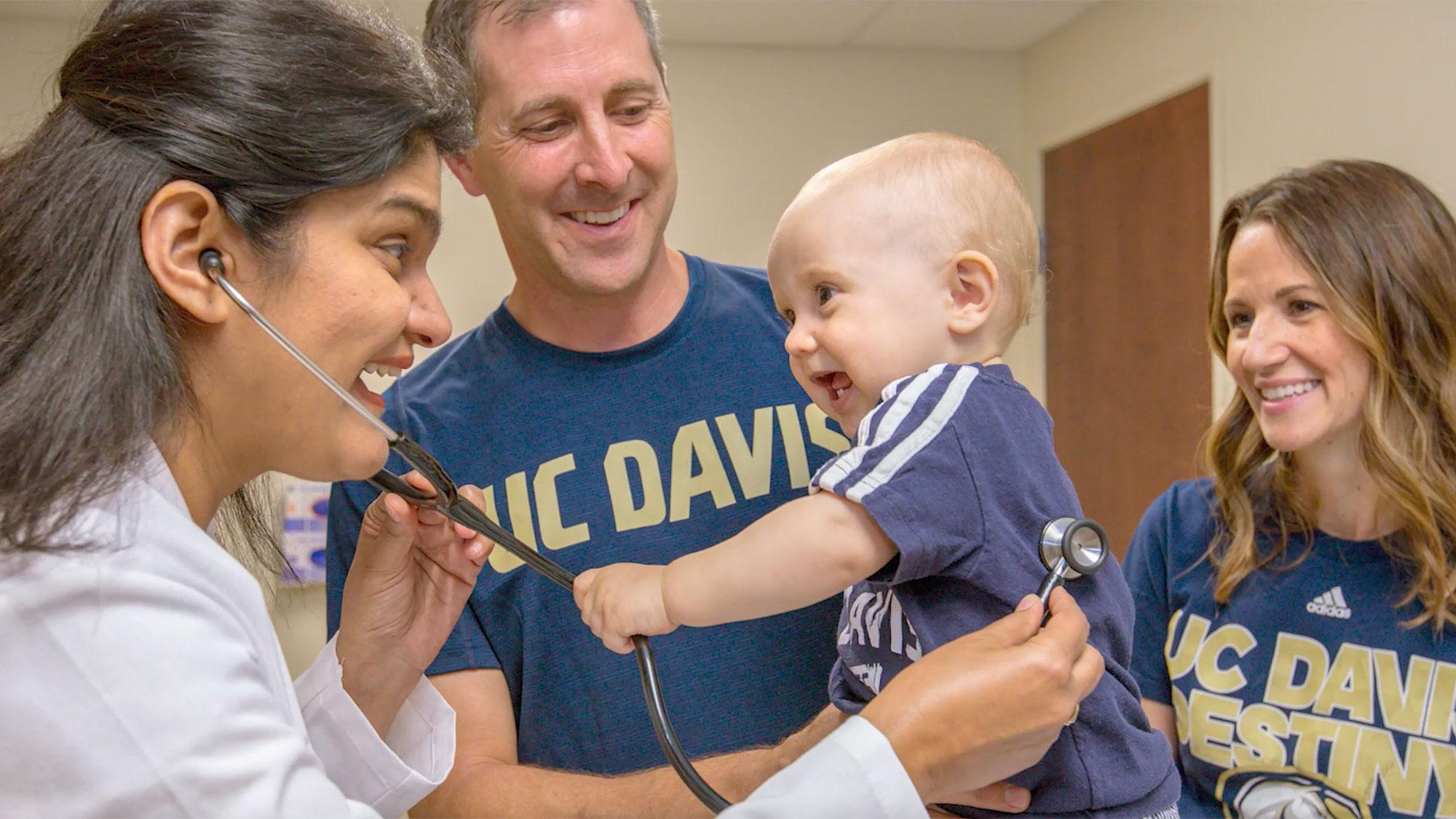Burnout. It is a word that has been on the lips of everyone in the academic sphere in recent years.
The issue has grown more relevant since the coronavirus upended the education system. And for medical, nursing and veterinary students, burnout presents a bigger challenge perhaps than ever before. Indeed, it is a massive obstacle to student learning and quality patient care.
So how do students cultivate resilience to health care burnout?
This is what a team of researchers at UC Davis has set out to investigate. An interdisciplinary study — led by health professionals across three of Davis’ professional schools — seeks to produce resilience training solutions that can create “improvements in well-being, stress and burnout in health care workers.”
The researchers define resilience as “the process by which individuals bounce back from hardship or adversity.”
Ryan Gluck, a fourth-year veterinary student at UC Davis, is one of four students on the study’s committee. He joined the team after Associate Dean Karl Jandrey of the School of Veterinary Medicine invited him to their weekly Zoom calls.
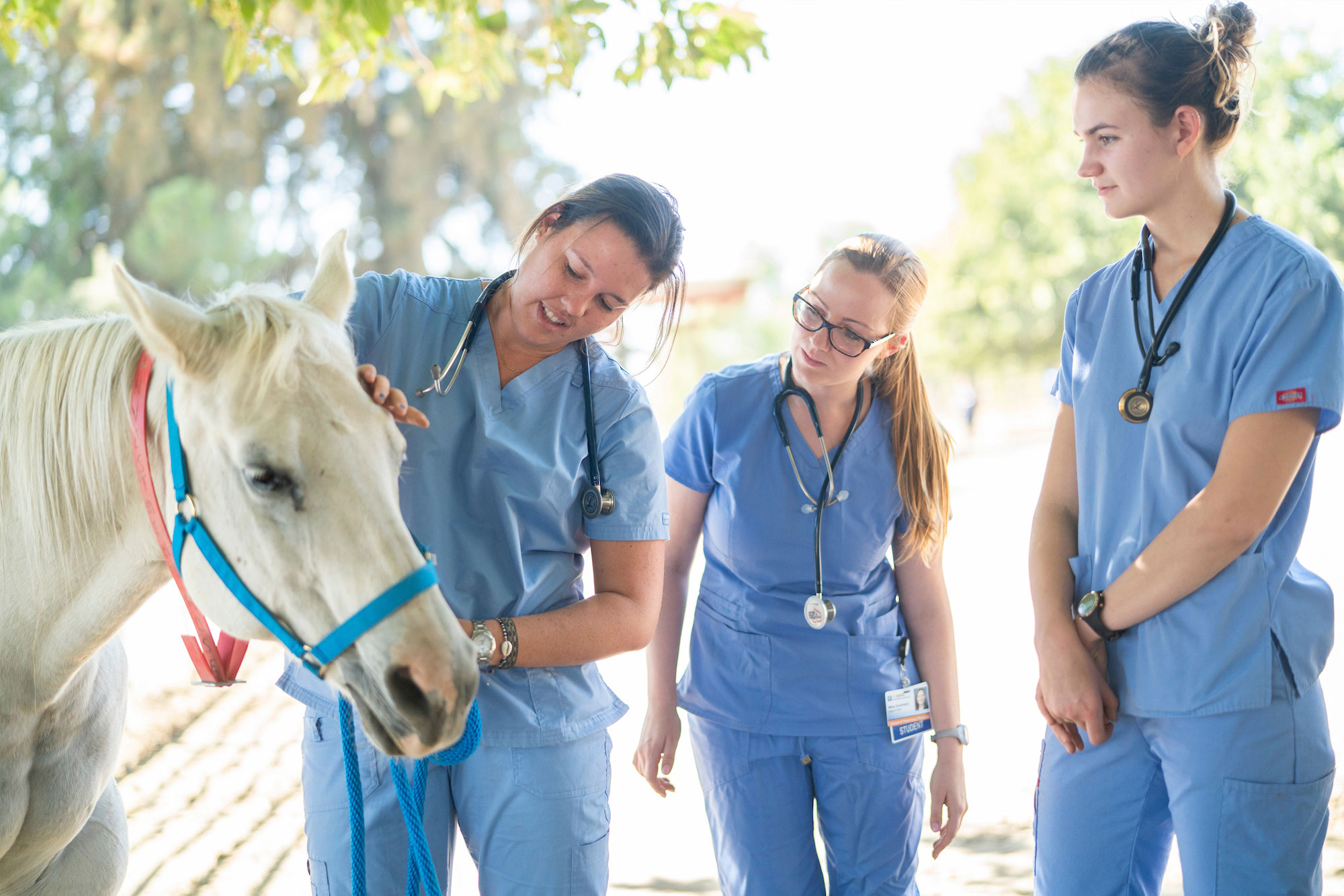
Since Gluck’s first year at the vet school he has worked with Jandrey — one of six faculty members on the committee — to analyze and consider data.
“It’s important that we understand what factors into resilience,” Gluck said. “That will carry us through adverse events at work, in our lives, and give us a better understanding of how to protect our mental health in this field.”

Read more stories about human and animal health
Why does resilience research matter?
According to the UC Davis researchers, their study is the first of its kind to focus on resilience across three medical fields: veterinary, nursing and medicine. The 10-member committee devised the study to be longitudinal for the entirety of the educational path for students entering in 2019; it ends with graduation of the class of 2023.
The research being conducted at UC Davis — one of the few universities in California with all three health professional schools — allows for comparisons between the three schools, and, Gluck said, “and in a similar area, of a relatively similar demographic of people. So I think it gives more power to some of the analysis to show that [resilience] is a common theme across all the schools.”
Researchers understand that resilience training improves the well-being, stress levels and mental health of these professionals, while burnout’s domino effect will ultimately affect patient care. Put simply, the advantages that come with these resilience-building interventions impact the entirety of the industry, not just the individual medical professionals.
Jandrey said students from the three schools consented to participate in a 15- to 20-minute survey. The survey is taken online and is confidential. It also is approved by the Institutional Review Board and is compliant with the Family Educational Rights and Privacy Act.
In April 2021, the team published some of its findings, and, as of now, has submitted two additional papers for journal review.
The impact for students
The professional students who participated in the study and the committee members had similar yet specific-to-them reasons for getting involved.
“Wellness has always been something that I’ve cared about and has been a priority for me,” said Allison Yu, a School of Medicine graduate who is preparing for her residency in pediatrics at the Children’s Hospital in Los Angeles. Preventing burnout, Yu said, does not have a one-size-fits-all solution, but rather a collection of different strategies that would fit each person’s needs.
Wellness has always been something that I've cared about and has been a priority for me." - Allison Yu, School of Medicine graduate
Wellness was also the motivation for School of Medicine graduate Ross Perry to take part in this study. “I was really interested in what aspects of life could best help avoid burnout,” said Perry, wellness co-chair for his class.
School of Nursing graduate and practicing physician assistant Alejandro Alvarez-Bautista said he felt that he had neglected his mental health during his undergraduate years at UC Berkeley. “The environment of UC Berkeley taught me plenty about self-advocacy and helped me build resilience,” Alvarez-Bautista said, “but I definitely had poor well-being, so I wanted a more positive change in graduate school.”

In comparing the reported stress levels of students on each campus, according to Yu, their research showed nursing students were the most stressed when the coronavirus pandemic began.
“Nursing students are kind of thrown into clinical experience soonest,” she said. “When COVID hit, they were, from our research, the most stressed … they have to learn on the job at a faster pace.”
In the past, Yu said, the burden of resilience in these instances fell on the students. Instead, the study seeks to examine all the factors — including systemic ones that students have no control over.
“I think a very understandable flaw that many health profession trainings have is that when students struggle academically, or just struggle professionally, we ascribe it to the student themselves,” Yu said. “But if we take a step back and look at what the student experienced to get here, then I think the culture of health professions would change their attitude toward a struggling student. And I think that is really important when we are building the fourth most diverse class of medical students in the nation.”
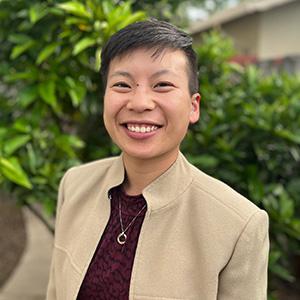
Resilience is a top-to-bottom, joint effort involving students, faculty and administration. And while the study investigates drivers of resilience and vulnerability to better understand which students will need what support, the solutions they come up with are not as simple as “admit students with more predictors of resilience.”
The group aims to collect baseline data to identify where problems exist in curricula. The study seeks to uncover impediments to resilience.
“Once those data are known — and they may be different for each school and during different points in the educational path — we plan to adjust our programs, build extracurricular events, and provide curricular enhancements that can mitigate the exact ‘pinch point’ identified in our study,” Jandrey said.
He added that he hoped the data could inform national and international educational trends and curricula in health professional schools to consider enhancements for their own student populations.
Health care burnout stories
Almost everyone has a story about burnout.
“We all know folks in our professions that have not thrived under the pressures of the work,” said Jandrey, on behalf of the faculty committee members. “We have seen firsthand the impact on students' learning and the effects on patient care. Delivery of care on the caregivers has placed an undue burden on our colleagues who have also left the profession.”
Medical professionals face many stressors in their schooling and in their careers — caring for sick patients is an inherently stressful endeavor.
But practicing medicine comes with other pressures that may not be intuitive to those outside the professions. Veterinary student Gluck explained that burnout and ultimately leaving the profession “stems from many factors.”
Within veterinary medicine, he said, “The financial burden is awful,” because the student debt-to-income ratio is significant. Gluck also noted “compassion fatigue,” “imposter syndrome” and the lack of understanding people have about the training veterinarians have undertaken.
When asked for a specific story about what makes being a veterinarian especially difficult, Gluck said, “The classic example is someone comes in and demands you perform some treatment. ‘And if you really loved animals,’ the person says, ‘you’d do it for free.’”
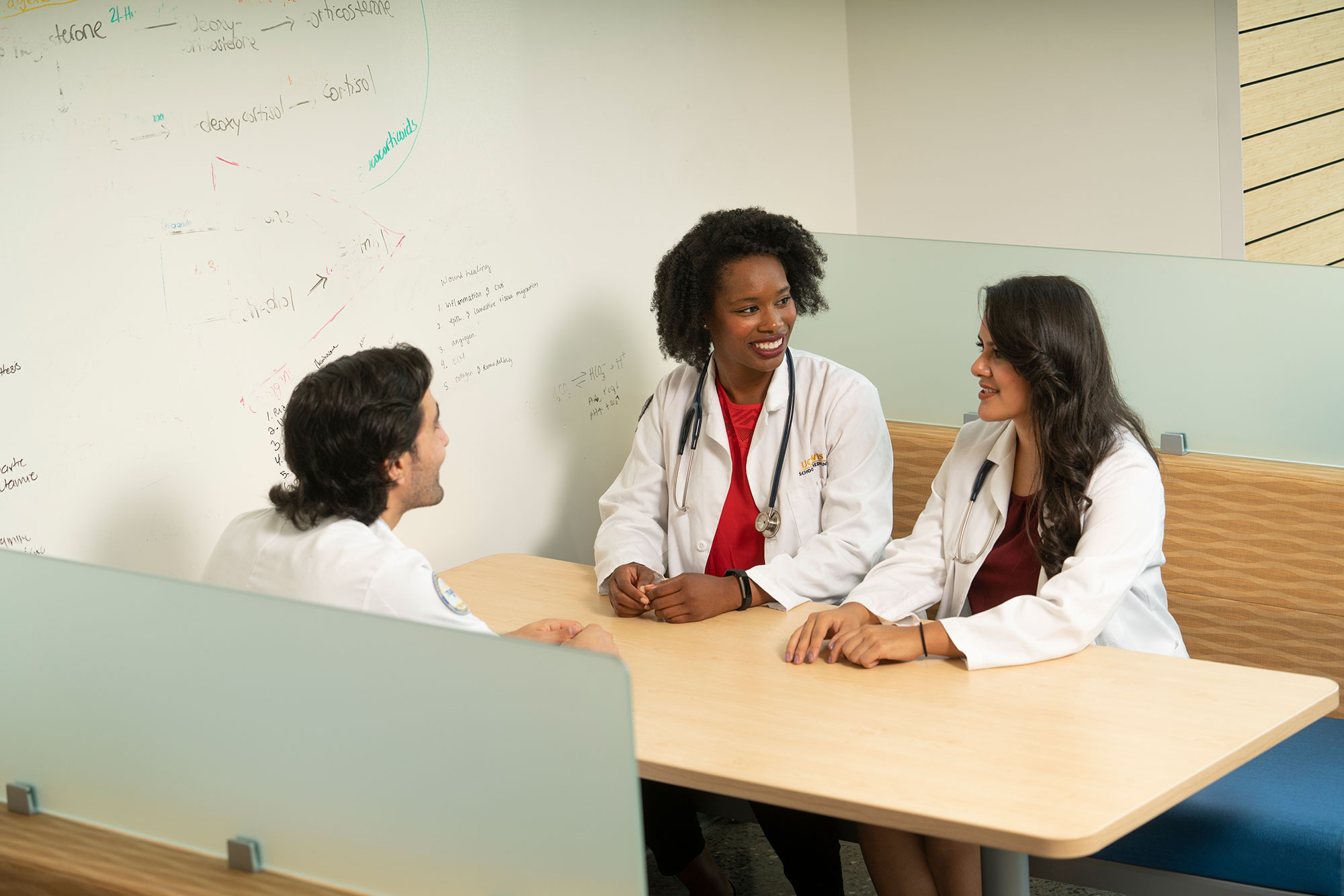
Physician assistant Alvarez-Bautista pointed to a stressor he faced during his clinical training — disagreeing with the physician he was paired with on what constituted appropriate standards of care. The physician refused to perform an abortion for the patient, or even recommend a facility that would.
“I have my viewpoints and understand others have theirs,” Alvarez-Bautista said. “But we still have to go into the room and discuss with the patient, ‘I understand you’re here for these reasons, these are options you can seek. I’m not comfortable performing [the procedure] but can direct you.’ I felt that by not providing resources someone was looking for that we didn’t provide the acceptable standard of care.”
These are the situations in which resilience is needed.
Perry, a medical resident working on a master’s in public health, has seen the positive impact of peer support on resilience firsthand.

A year ago, Perry pulled aside a student who looked down after class. They talked for an hour. The student was coping with a huge personal life struggle at the time while dealing with the demands of school.
“I never knew what would come of it at the time, but it felt like an important moment. And now, a year later, I discovered that because of our talk, that student got connected to a counselor and is doing quite well,” Perry said. “We don't often make time for real talk in medicine, but it can change lives.”
What causes burnout?
Real talk should also be considered resilience-building intervention.
In order to develop resilience strategies, the study examines a variety of factors that contribute to burnout and mental health issues.
The researchers examined these factors, what they call drivers of resilience and vulnerability, and the two categories are split into upstream and downstream drivers. Upstream drivers include factors that occur prior to matriculation, such as adverse childhood experiences, status as a first-generation college student or gender identity. Downstream drivers are the ones that appear once students are in college. The latter includes coping strategies, mindfulness, grit, self-compassion, learning environment, physical activity, sense of belonging and social support, among others.
For Yu, her learning environment became a potential driver of vulnerability when the coronavirus pandemic struck. She faced the task of starting clinical rotations for the first time as COVID uncertainty and fear were raging, and then met an unexpected hurdle.
Yu is hard of hearing, so masks, face shields and social distancing presented “challenges I didn’t see coming” as the pandemic began.
“Certainly there were times I wondered whether I would be able to keep up with the rest of my class,” Yu said. “That’s something that I experienced, maybe more so than other people would. But I think overall, being able to practice medicine outweighed the challenges that I experienced.”
How to build resilience
Everyone needs to destress — especially health care workers. But how exactly does one do it effectively?
Yu found that a combination of physical activity and social support helps her relieve stress. This has been helpful for other graduates as well but isn’t the only solution. Several students said that cooking good food and socializing with friends helped and took their minds off of a hard day.
Gluck recognized that “if you’re feeling really anxious or depressed, you don’t feel like you can fix it.” He also credited physical activity like playing soccer with friends, snowboarding and playing with his dog for helping him destress. “I feel better when I’m physically active.”
Perry also uses physical activity to destress, while including mindfulness tactics. “Sometimes I distract myself with a nice board game. Sometimes I put what matters in context by spending time with my wife and children. Sometimes I reinterpret life by writing poetry.”
The social aspect is especially crucial as students seek comfort in their peers, understanding that everyone has dealt with the intense and demanding nature of their professions. “Collective resilience is what helped me get through it all,” Alvarez-Bautista said.
“People need to know that burnout is an institutionalized issue, and therefore our ability to ‘resist it’ is also institutional,” Perry said. “Creating or choosing ‘resilient’ students is not a solution for burnout, because each student carries their own personal brand of resilience. Rather, the institution must change to best facilitate resilience from students from all different walks of life.”
Related Stories
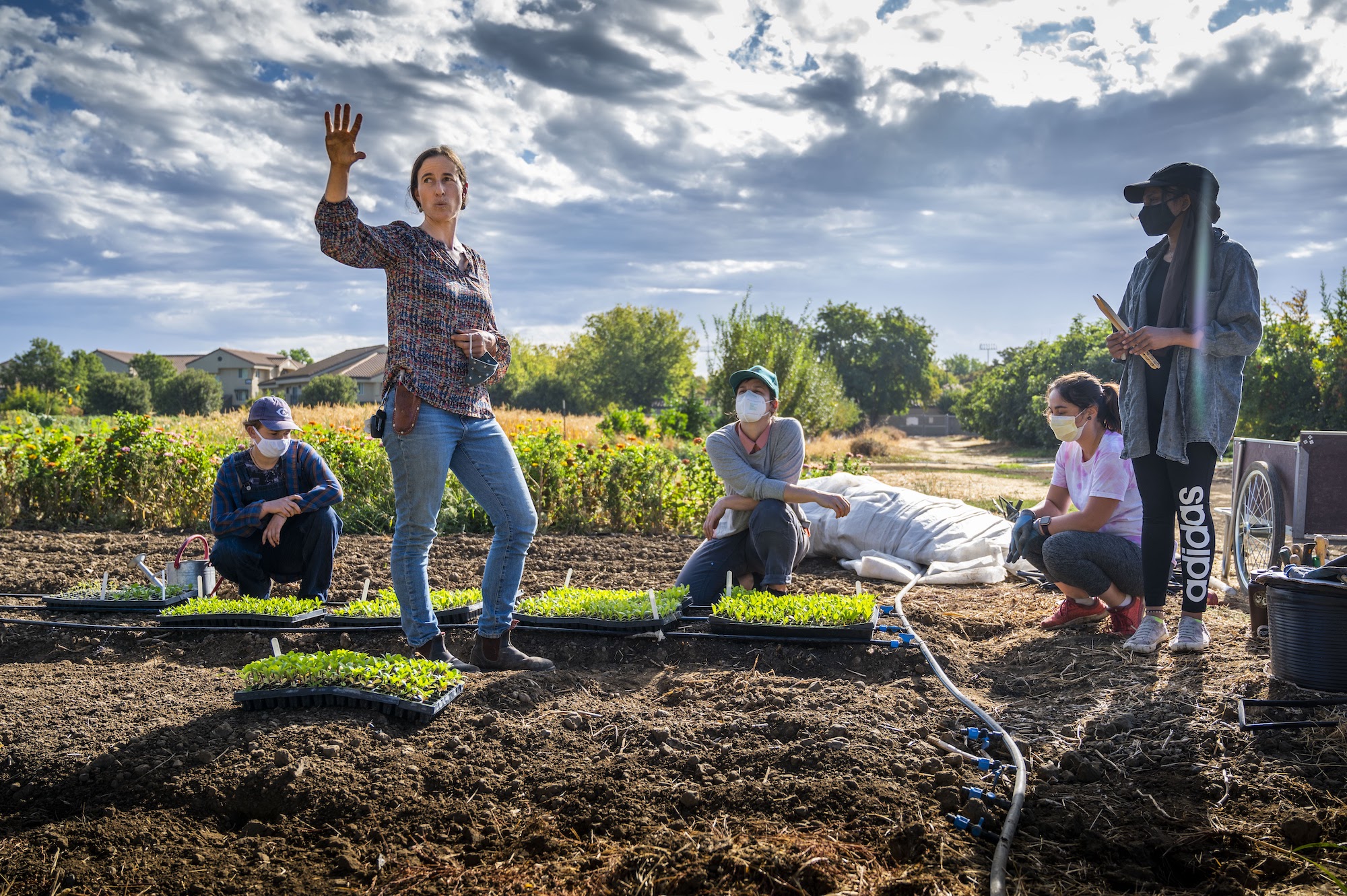
Survey: People Turned to Gardening for Stress Relief, Food Access During Pandemic
UC Davis survey highlights the positive role gardening plays in mental and physical health.

Study Looks at Brain Flow, and How People Achieve It
Flow is said to be good for our well-being — and there is evidence that it can ward off depression, prevent burnout and make us more resilient.
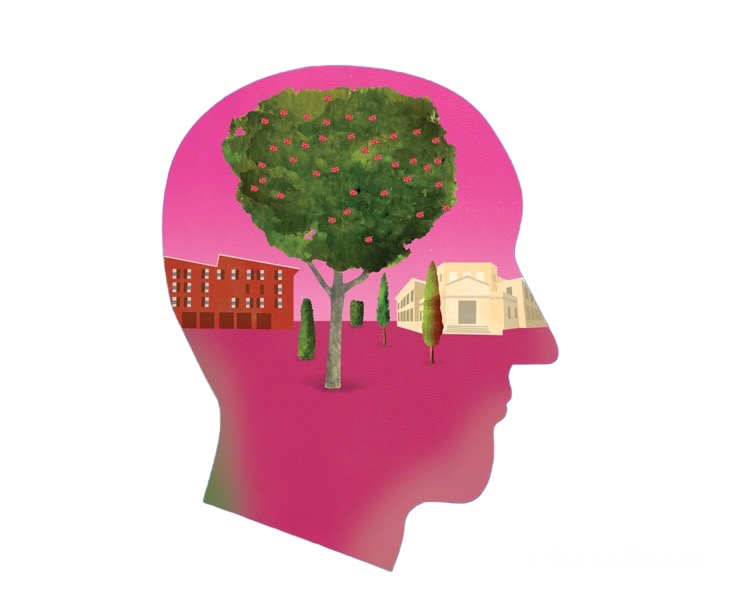
State of Mind
Colleges across the country face an increasing demand for mental health services. How can they address the needs of a growing, diverse student body?
Media Resources
Media Contact:
- Jocelyn Anderson, UC Davis News and Media Relations, 530-752-9607, jocanderson@ucdavis.edu
